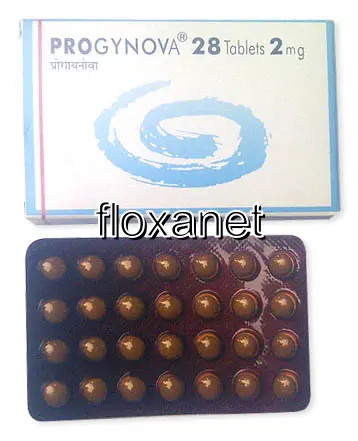| Package | Dosage | Price | Price per Dose | |
|---|---|---|---|---|
| Dosage: 1mg | ||||
| 140 pill | 1mg | £144.27 | £1.03 | |
| 112 pill | 1mg | £120.40 | £1.08 | |
| 84 pill | 1mg | £96.52 | £1.15 | |
| 56 pill | 1mg | £66.42 | £1.19 | |
| 28 pill | 1mg | £38.40 | £1.37 | |
| Dosage: 2mg | ||||
| 140 pill | 2mg | £232.50 | £1.66 | |
| 112 pill | 2mg | £195.13 | £1.74 | |
| 84 pill | 2mg | £155.69 | £1.86 | |
| 56 pill | 2mg | £104.83 | £1.87 | |
| 28 pill | 2mg | £58.12 | £2.08 | |

Estradiol Description
Overview of Estradiol
Estradiol is a naturally occurring form of estrogen, a primary female sex hormone. It plays a vital role in the development and regulation of the female reproductive system and secondary sexual characteristics. As a medication, estradiol is used to treat various conditions related to estrogen deficiency, including menopausal symptoms, osteoporosis prevention, and certain hormonal imbalances. It is available in multiple forms such as gels, patches, tablets, and injections, providing versatile options tailored to individual needs.
Therapeutic Uses
For women experiencing menopause, estradiol helps alleviate symptoms like hot flashes, night sweats, and vaginal dryness. It also supports bone health by slowing down bone density loss, reducing the risk of osteoporosis. Beyond menopause, estradiol is used in hormone replacement therapy (HRT) for women with absent or reduced ovarian function. It can also be prescribed for transgender women as part of gender-affirming hormone therapy.
Effectiveness and Benefits
The medication has proven effective in managing menopausal symptoms and preventing osteoporosis when used as prescribed. Patients often experience significant relief from discomfort and improved quality of life. Estradiol also contributes to maintaining cardiovascular health by favorably influencing lipid profiles, although this use requires careful medical oversight. Its ability to restore hormonal balance makes it a cornerstone in various hormonal therapy protocols.
Possible Side Effects and Precautions
While generally well tolerated, estradiol may cause side effects such as nausea, breast tenderness, or headaches. In some cases, it can lead to more serious issues like blood clots or increased risk of stroke, especially in women with risk factors like smoking or a history of thrombosis. Regular monitoring by a healthcare provider is essential during treatment. It’s important for patients to discuss their medical history and any existing health conditions before starting estradiol therapy.
Safety and Usage Advice
Patients should follow medical instructions carefully when using estradiol to minimize risks. Dose adjustments or discontinuation may be required based on side effects or changes in health status. Pregnant or breastfeeding women should consult their healthcare provider before using estradiol, as it may not be safe during pregnancy. Additionally, hormone therapy should be regularly reviewed to evaluate continued need and to monitor for adverse effects.
Conclusion
Estradiol remains a highly effective and widely used medication for managing estrogen deficiency-related conditions. Its benefits in alleviating menopausal symptoms and supporting bone health are well recognized in medical practice. However, due to potential risks, it should be used with caution and under professional supervision. When used properly, estradiol can significantly improve quality of life and help maintain overall health in women experiencing hormonal imbalances.
